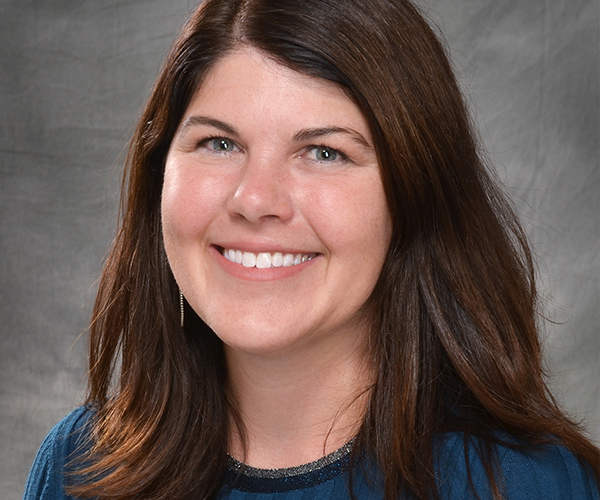3D Special Interest Group
Medical immersive imaging such as 3D printing, augmented reality (AR) and virtual reality (VR) impacts patient care across all subspecialties of medicine, with radiology at its core. As such, radiologists play an important role in developing medical applications for these technologies. Join RSNA’s 3D Special Interest Group (SIG) to promote this growing specialty and add value to your membership by joining this engaged community.
As a member of the SIG, you will:
- Help promote medical immersive imaging such as 3D printing, augmented reality (AR) and virtual reality (VR) for medical applications via education, research and collaboration.
- Provide physicians and allied health scientists with optimized education and research programs.
- Assist in developing quality standards for 3D printing and immersive imaging.
Already a 3D SIG member?
Access the 3D communitySIG member benefits
The SIG provides its members with:
- Education and increased exposure to uses of medical immersive imaging such as 3D printing, augmented reality (AR) and virtual reality (VR) in the radiology community
- A secure network for communicating and sharing files
- 3D printing and immersive imaging educational programming and networking opportunities at the RSNA annual meeting
- Research and collaboration opportunities to demonstrate the positive impact 3D printing and immersive imaging has in patient care through the RSNA 3D Special Interest Group Research Grant
How to join
RSNA members in good standing may call the RSNA membership department at 1-877-776-2636 to add 3D SIG participation to their membership for a fee of $40 per year.
Not eligible for RSNA membership? You are still able to join the 3D SIG as a SIG Affiliate Member (PDF).
RSNA 3D Special Interest Group Research Grant
Exclusively available to active 3D SIG members, this annual research grant offers investigators a unique opportunity to innovate and advance their research, collaborate with institutions and demonstrate the positive impact of 3D printing and immersive imaging in patient care.Learn more about program eligibility, areas of interest and the application process.
2025 SIG leadership

Beth Ripley, MD, PhD
Chair

Summer Decker, PhD
Vice chair

David Ballard, MD, MS
Secretary

Justin Ryan, PhD
Treasurer

Ken Wang, MD, PhD
RIC Liaison
About 3D printing and immersive imaging
Medical imaging data can be utilized to create tangible representations also known as anatomical models using 3D printers. Various technologies and materials such as plastics and gypsum can be used to create these objects. The digital files generated during the processing of medical imaging can also be displayed on immersive platforms such as augmented reality (AR), in which the real world serves as the background onto which digital data is superimposed, and virtual reality (VR), which immerses the user within the virtual environment.
In the clinic, 3D printing and immersive imaging plays three major roles: surgical planning, patient-specific simulations, and education.
Radiologists and other medical providers will need to master new tools as leaders in the field of imaging. An awareness of this emerging technology will be important for radiologists as it is a direct extension of the images they create.
Would you like to learn more? Explore ways 3D SIG members have helped define radiology's role in the 3D printing and immersive imaging explosion, modeled complex pathology for surgical procedures and used these technologies to advance patient-centered care.